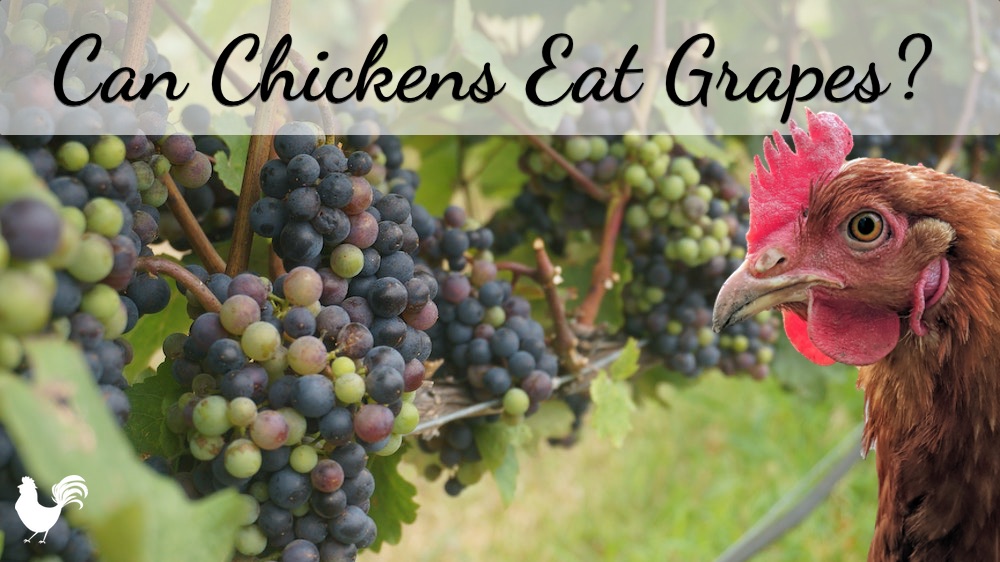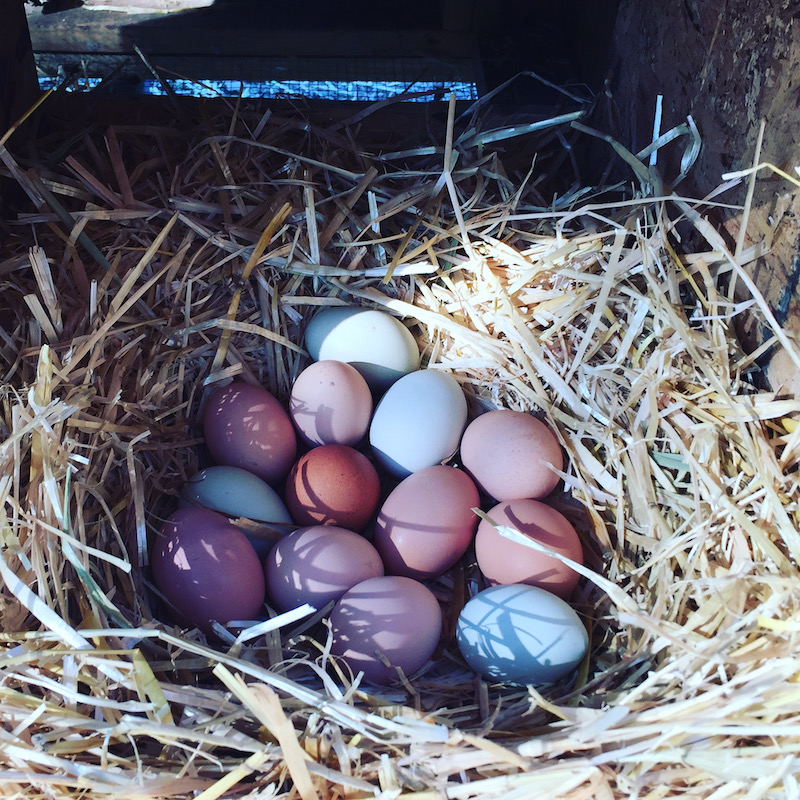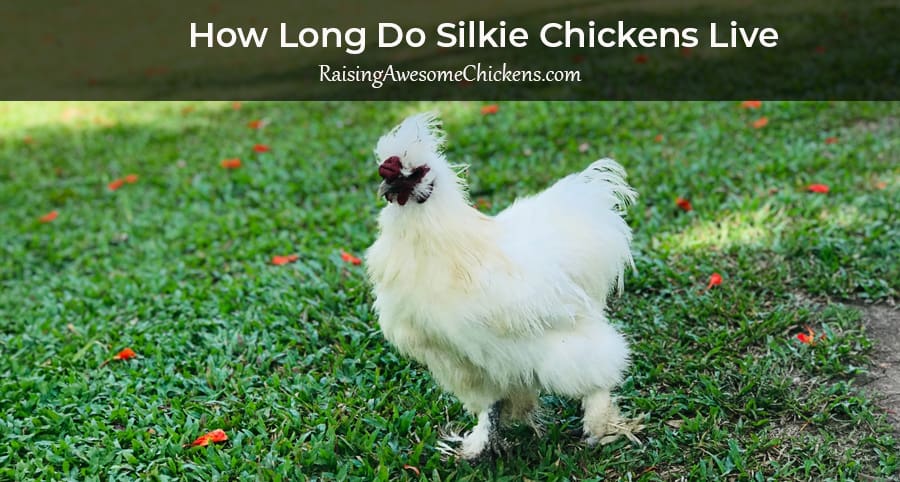Last Updated on March 18, 2024 by AwesomeChickens
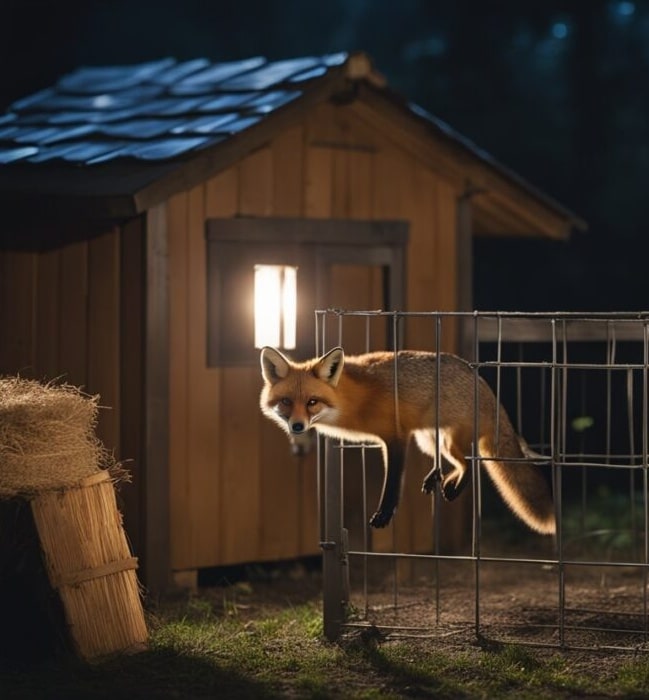
Backyard chicken coops have become increasingly popular in the United States as a source of fresh eggs and for the enjoyment of raising poultry. However, keeping chickens safe from predators is a major concern for owners. Predators pose a significant threat to poultry and can cause substantial economic loss. Understanding the top chicken predators in the US is crucial for owners to effectively protect their flocks.

In a recent survey entitled “Top Concerns for Chicken Owners” for Spring 2024, the overwhelming concern for chicken owners during the spring season is Protecting Against Predators.
Several predators are known for targeting chickens. These include mammals such as foxes, raccoons, and coyotes, as well as birds of prey like hawks and eagles. Each predator employs different tactics to hunt, and recognizing these patterns helps in developing targeted deterrent strategies. Deterrents range from structural modifications to the coop to using guard animals. It is imperative that chicken owners adopt appropriate measures to secure their poultry against these threats.
Table of Contents
Identifying Common Chicken Predators
Protection of poultry requires knowledge of potential threats. Recognizing common chicken predators is the first step towards safeguarding your flock.
Foxes
Foxes are skilled hunters known for their cunning and stealth. They often attack at dawn or dusk, looking for unguarded chickens.
Raccoons
Raccoons have dexterous front paws, which allow them to open latches and access coops. They typically kill for sport, sometimes harming multiple chickens in one incident.
Coyotes
Coyotes are opportunistic predators that can leap over fences. Their preferred method is to catch isolated chickens, dragging them away from the safety of the group.
Hawks and Falcons
Birds of prey, such as hawks and falcons, swoop down from the sky to snatch chickens. Their presence is indicated by scattered feathers from a bird taken mid-flight.
Weasels
Weasels can squeeze through small spaces and often kill more chickens than they can eat. They are known for leaving behind a trademark sign: bitten necks and heads removed.
Opossums
Opossums tend to prey on smaller chickens and eggs. They leave behind a messy coop, with remnants of eggs and occasionally injured birds.
Snakes
Snakes pose a danger primarily to eggs and chicks. The presence of a snake is often a surprise to the chicken owner. If you suspect your coop has been infiltrated, proceed with caution, especially when reaching under the hens.
Domestic Dogs
Domestic dogs may attack chickens out of playfulness or predatory instinct. They can cause significant harm, evident by scattered feathers and multiple chickens being disturbed.
Domestic Cats and Bobcats
Cats usually target younger, smaller chickens or chicks. Bobcats, on the other hand, are capable of taking down full-sized chickens and may leave tracks or tufts of fur behind.
Strategies for Protecting Poultry
Implementing effective protection strategies is crucial to safeguard poultry from common predators. Proper housing, physical barriers, and the use of guard animals can significantly reduce the risk of predation.
Secure Housing
Poultry housing should be sturdy and well-maintained with secure latches and heavy-duty materials to resist intrusion. Roosting areas need to be fully enclosed with hardware cloth rather than chicken wire, as smaller predators can breach larger mesh.
Fencing and Barriers
Enclosures should be surrounded by a fence at least 5 feet high with an additional 12-18 inch dig guard underground to deter digging animals. Electric fencing can also be effective, especially against climbing predators, with wires spaced to target specific animals.
Guard Animals
Dogs, llamas, and donkeys are known to be effective guard animals. They should be properly trained and socialized with poultry from a young age. Ensure the chosen guard animal has instincts to protect rather than harm the birds they’re meant to defend.
Human Presence
Regular human activity around poultry areas can deter predators. Motion-activated lights or radios can create the illusion of presence. Scheduled feeding, egg collection, and coop checks encourage humans to be consistently around, which can keep predators at bay.
Habitat Modification
Remove habitat features that attract predators, such as tall grass and debris piles. Ensure food and water sources are inaccessible to wild animals, and keep the area clean of food scraps to avoid luring them close to poultry enclosures.
Behavioral Indicators of Predator Presence
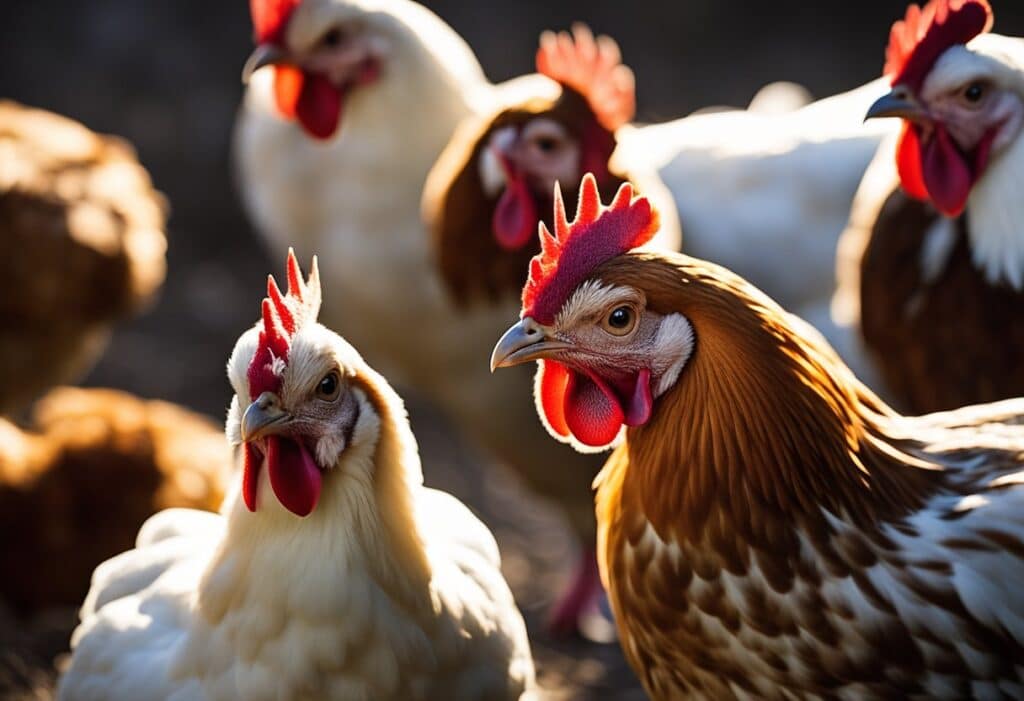
Recognizing the signs of predator presence can be vital in protecting chickens. Indicators such as unusual feather patterns, signs of livestock distress, and physical evidence like tracks or remains are key markers.
Feather Patterns
Chicken owners may notice feathers scattered in a particular pattern. A circle of feathers suggests an aerial attack, typically from hawks or owls, while a trail signifies ground predators like foxes or raccoons.
Livestock Distress
Chickens exhibit noticeable changes in behavior when threatened. They may be more vocal, clucking excessively, or remain unusually silent and hide. Frequent and unexplained relocation of the flock can also be an indicator of predator presence.
Tracks and Remains
Physical evidence, such as tracks or partial remains, can indicate a predator’s presence and identity. Canine prints often point to wolves or coyotes, while feline tracks might signal a bobcat or lynx. The condition of remains can also help identify the predator; for instance, large puncture wounds typically indicate a raptor attack.
Legal Considerations in Predator Control
When implementing measures to control predators of chickens, it is paramount to adhere to federal, state, and local laws. Various regulations govern the use of lethal methods, the management of protected species, and the necessity for reporting.
Regulations on Lethal Measures
Regulations for lethal control methods are defined by state and local jurisdictions. Some methods, such as trapping or shooting, may require specific permits or are subject to seasonal restrictions. For instance:
- California: A depredation permit is required for taking any mammal that is damaging property.
- Texas: Landowners may take fur-bearing animals, causing depredation without a permit.
It is always a good idea to check with your local game warden to ensure you understand the laws in your jurisdiction before taking action.
Protected Species
Several predators are classified as protected species under the Endangered Species Act or similar state legislation. For example:
- Red wolves (Canis rufus): Protected throughout the United States.
- Bald eagles (Haliaeetus leucocephalus): Protected under the Bald and Golden Eagle Protection Act.
Killing these species can result in serious penalties, including fines or imprisonment.
Reporting Requirements
Individuals who take lethal action against predators might be subject to reporting requirements. Reports typically must include:
- Date and location of the control action.
- Species taken.
- Method used for taking.
These regulations ensure responsible stewardship and help wildlife agencies monitor population impacts.


